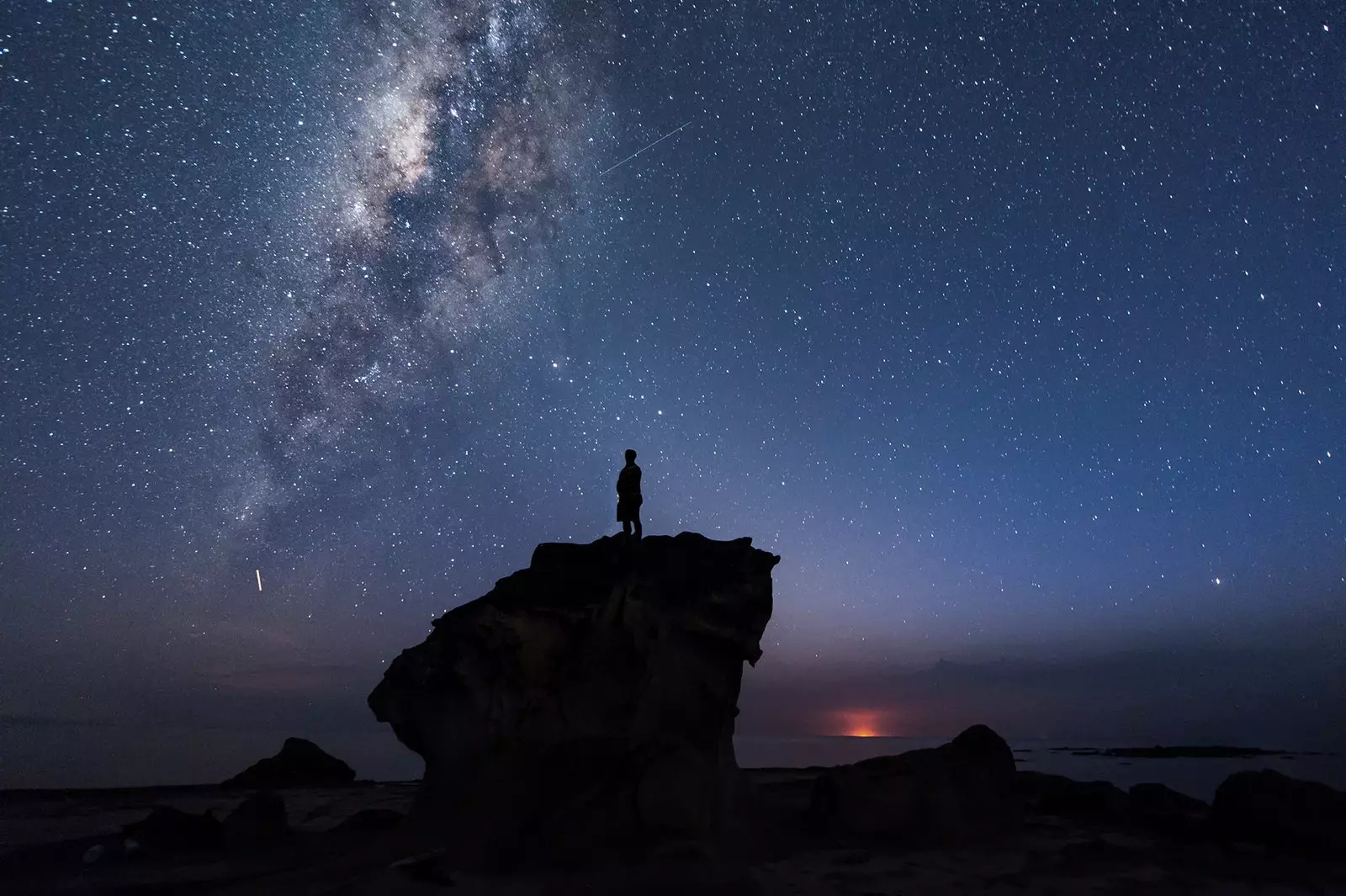
There is always something interesting happening in the sky
Looking up at the sky and seeing the stars is too easy and sounds too good not to do it every chance we get. In 2020 we intend to look a lot, look at the sky more than in 2019, if possible; and take a good look at it.
In astronomical terms, the year that just ended has set the bar very high. “It will be remembered as the year we discovered the first interstellar comet 2I/Borisov. Together with Omuamua, they are the only two objects that originate in a star system other than ours”, Miquel Serra-Ricart, an astronomer at the Canary Islands Astrophysical Institute (IAC), explains to Traveler.es.
What do you want from 2020? “Perhaps the result expected by all in the year 2020 would be discover water on an exoplanet similar to Earth. It will be difficult…" Until that arrives, what has been said: let's look a lot and let's look well.
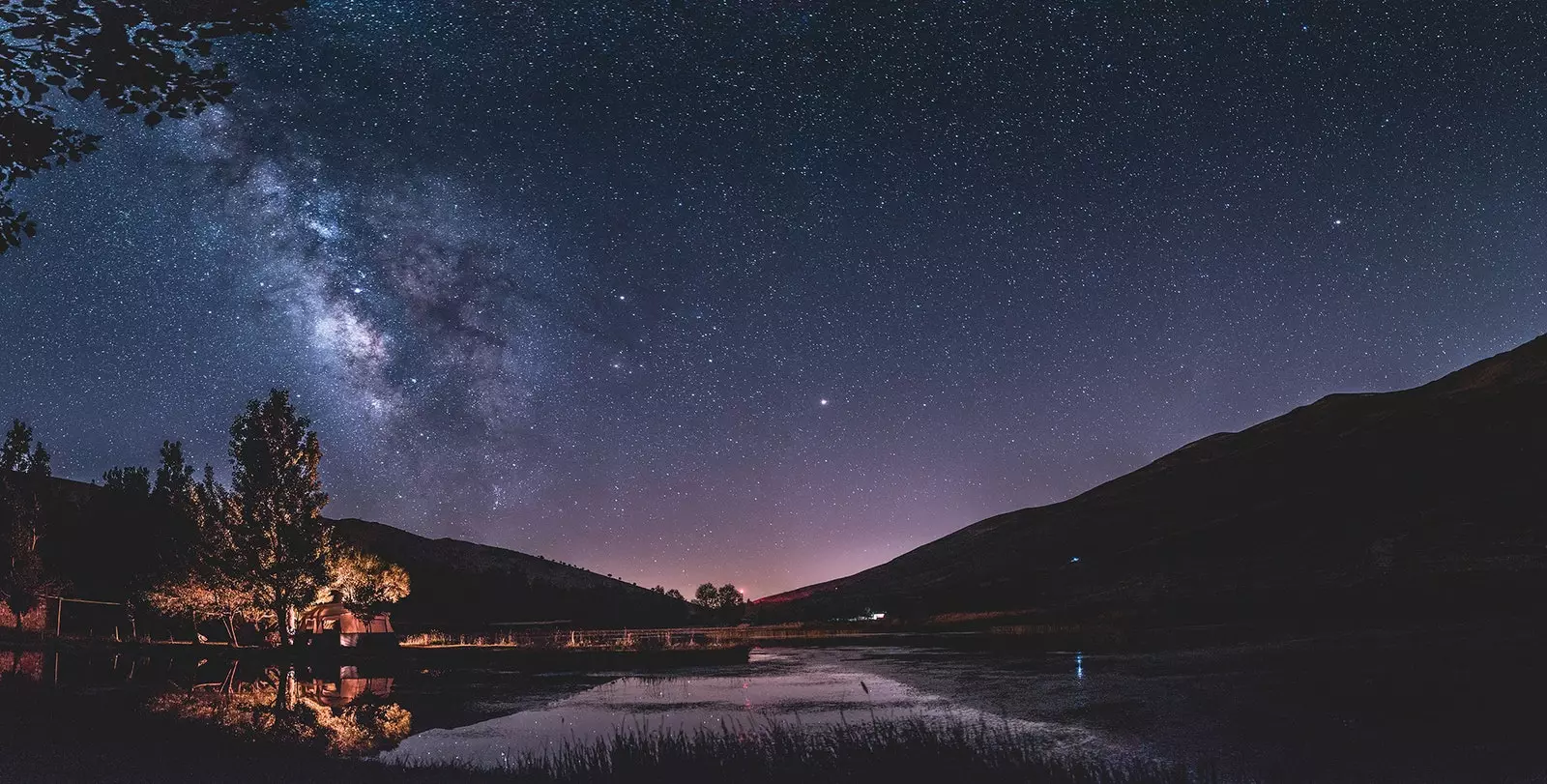
In 2020 we want to look at the sky a lot, and look very well
VISIBLE PHENOMENA FROM SPAIN
January
Day 4: the Quadrantids They are in charge of inaugurating the year of astronomical phenomena, delighting us with the spectacle they leave behind. its meteors, which, marking the difference with respect to other meteor showers that have their origin in the dust particles that comets leave behind in orbit around the Sun, They are born from asteroids. In this case, from the 2003 EH.
this 2020, The Quadrantids are expected to peak at 8:20 UT on January 4, being the night of January 3 to 4 the best time to observe them, specifically at dawn, when the Boyero constellation will be high in the sky and we will not have the Moon.
“This year we will not have the Moon so we will be able to witness a beautiful show with an activity bordering on 100 meteors per hour”, according to the words of Serra-Ricart collected in a statement from the IAC. On average, one meteor every four minutes.
For lazy people not willing to get out of bed on cold days and holidays, the sky-live.tv channel will broadcast, live, the shower of stars from the Teide Observatory next Saturday, January 4 at 6:30 UT (local time in the Canary Islands, 7:30 CET, local time in Europe).
April
Day 8: Supermoon. That night the satellite will be in its perigee, that is, at the point of its orbit closest to the Earth, 357,030 kilometers away. Therefore, we will perceive brighter and larger.
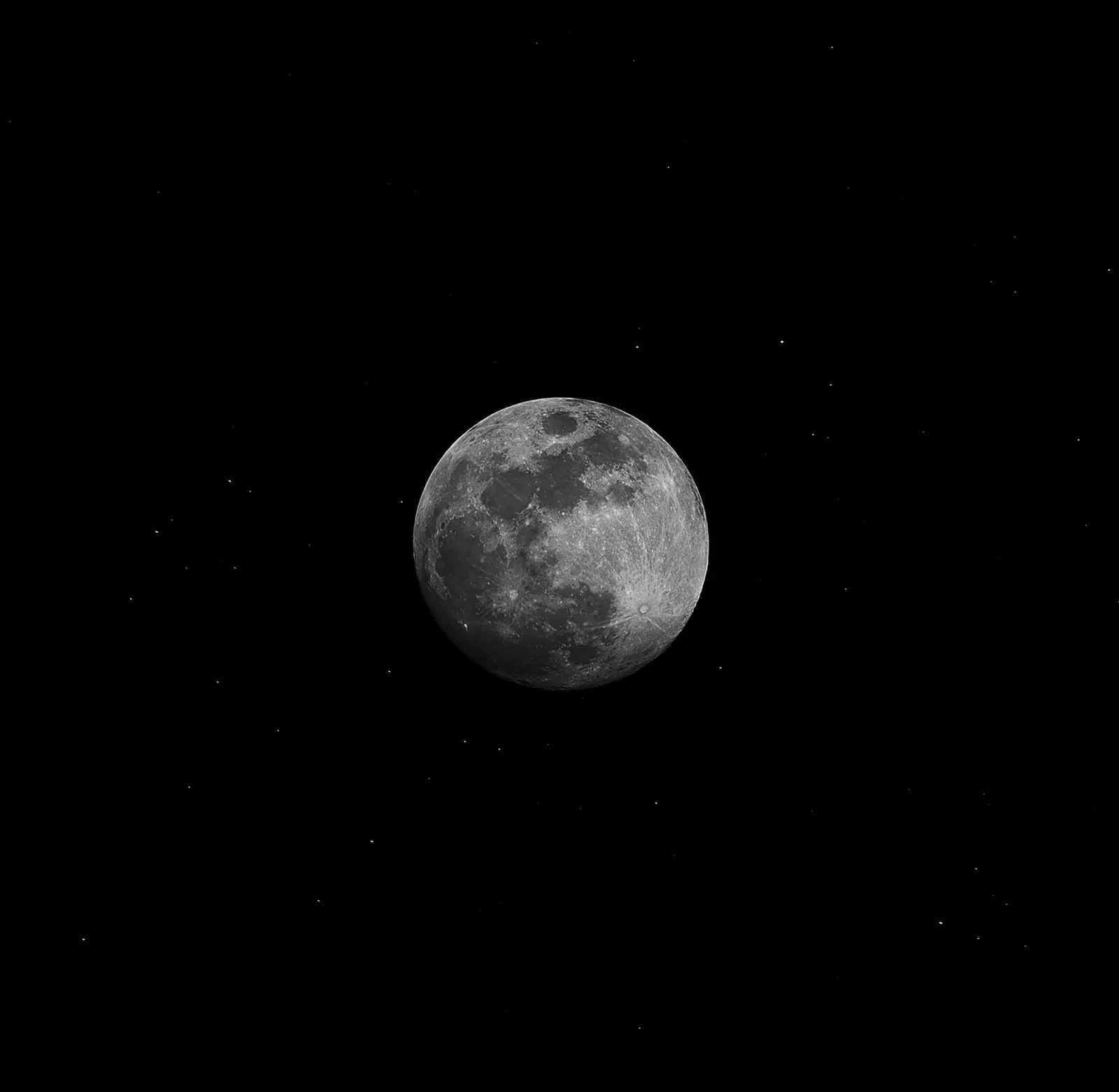
This year, the Moon will also do its thing
August
Day 12: maybe it's because it's hot and that invites you to lie down under the sky at night, maybe it's because the sky is usually clear and that makes it easier to see the show; or, simply, because we are on vacation and everything seems better to us. Be that as it may, The Perseids are the most anticipated meteor shower of the summer.
In 2020, your activity will take place between July 17 and August 24 and it is expected to reach its maximum on the 12th, between 3:00 p.m. and 6:00 p.m. Thus, the nights between August 11 and 13 will be the best times to see them.
Although it is still early to guarantee what its visibility will be, from the National Geographic Institute they point out as a positive aspect that the Moon will be in a waning phase and they recommend taking advantage of the first part of the night, when the Sun has already set and the satellite has not yet risen, to increase the chances of seeing any of the up to 200 meteors per hour that the Perseids usually leave.
October
Day 31: Minimoon. Unlike what we will experience in April, the last day of October will bring us a Moon in its peak phase, that is, the satellite will be at the farthest point of its orbit from the Earth, 406,167 kilometers away, what will make us see it less bright and smaller.
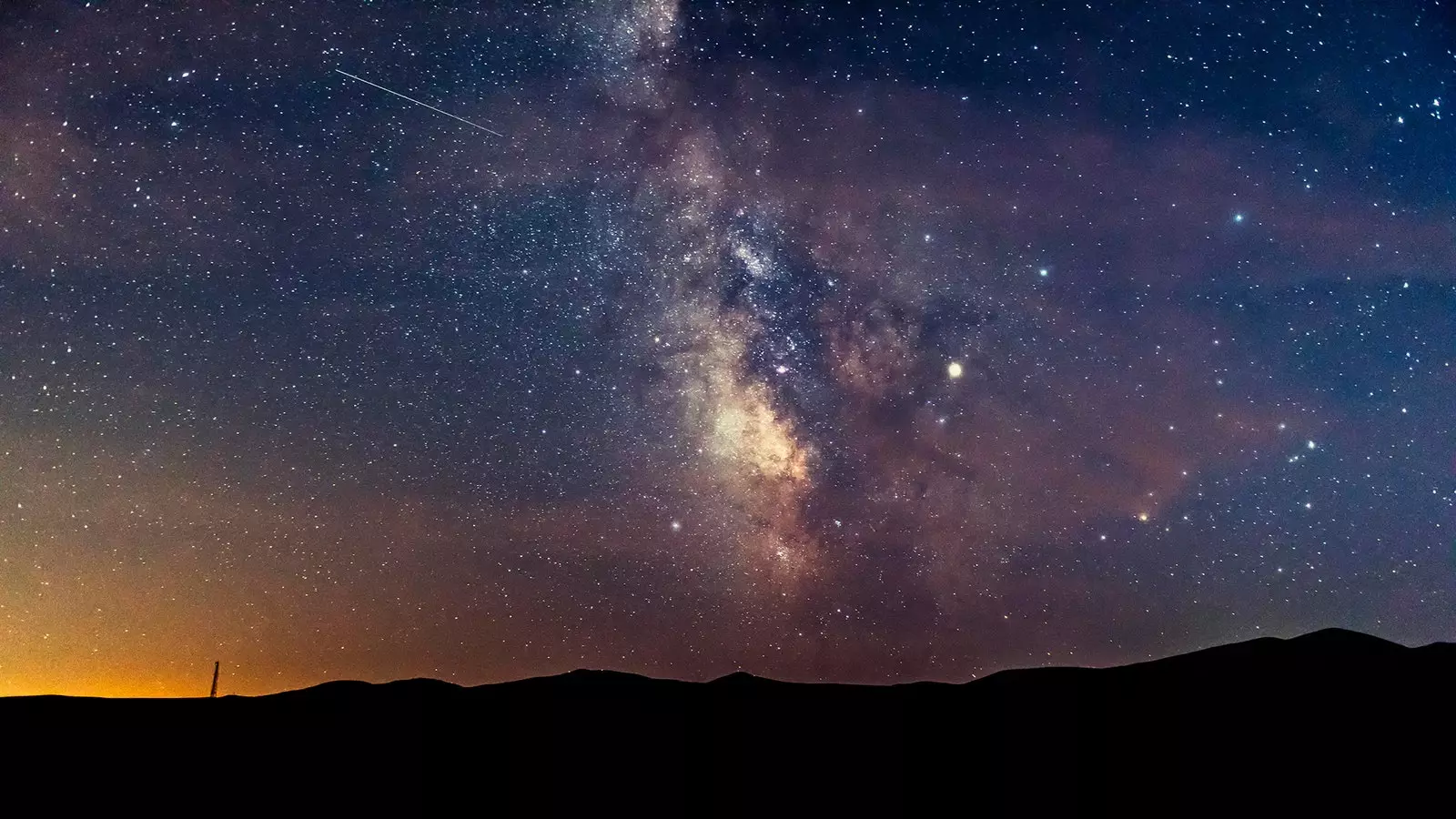
Enjoying the sky is too easy not to do it constantly
December
Day 13: coming from asteroid 3200 Phaeton, the geminids will be in charge of lowering the curtain in 2020. Being able to reach an activity rate above 120 meteors per hour, makes them one of the most active meteor showers each year, along with the Quadrantids and Perseids.
His show will begin on December 4 and will run until the 17th of the same month, being the night of 13 to 14 when its peak of activity is expected with up to 150 meteors per hour, indicate from the National Geographic Institute, who point out that 2020 will be an excellent year for your observation as this peak coincides with the new Moon and the subsequent darkness in the sky. It will be around 02:00 (peninsular official time) on December 14 when the maximum of its activity is registered.
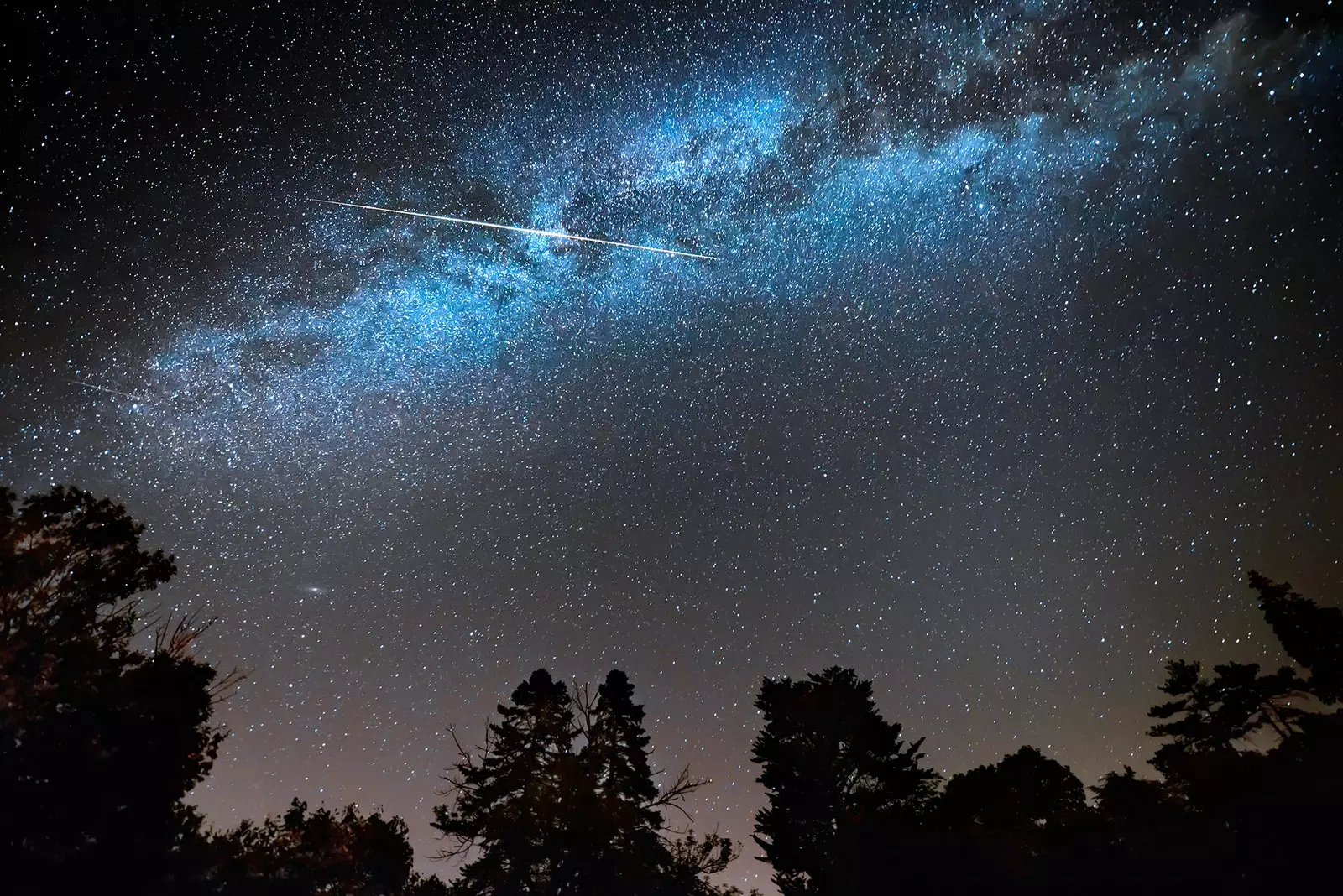
Quadrantids, Perseids and Geminids will make us look for dark skies and far from civilization
